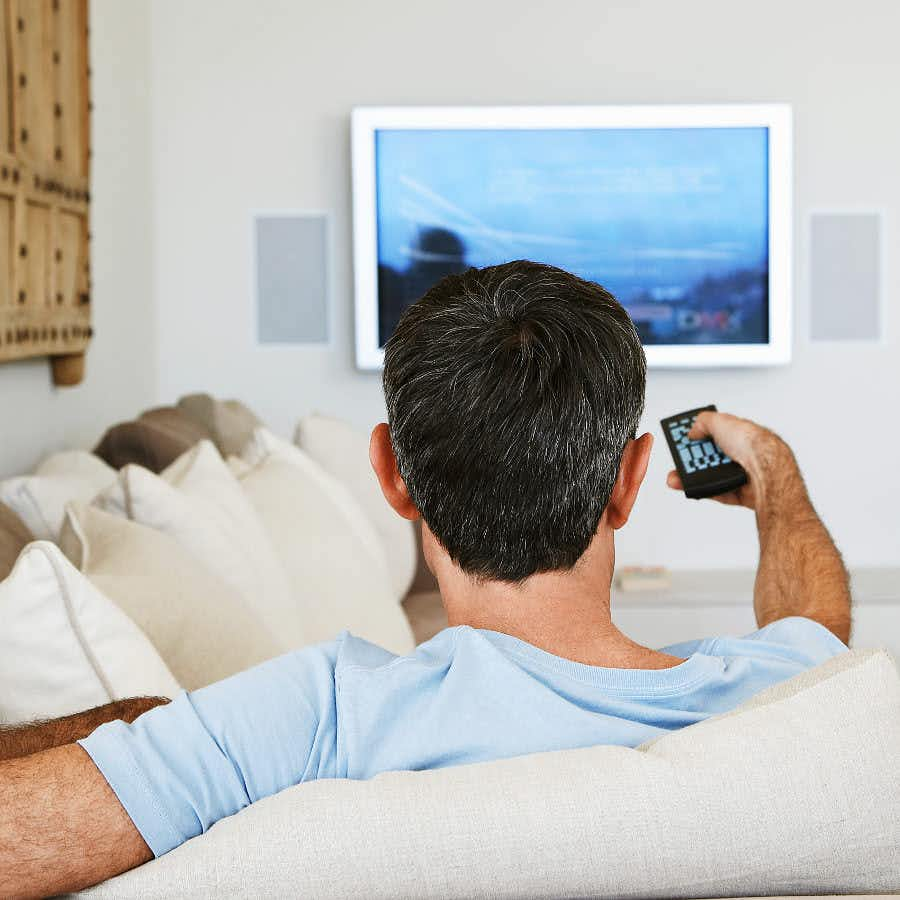
Some health experts have taken to calling sitting the new smoking. In other words, a sedentary lifestyle puts you at significant risk for poor cardiovascular outcomes. Mounting evidence suggests that poor cardiorespiratory fitness also increases your risk for cancer.
How Can We Counteract the Risks of Sitting?
A study published last year in JAMA Network Open suggests that a simple intervention could make a difference (JAMA Network Open, March 27, 2024). This randomized clinical trial involved nearly 300 older adults between 60 and 89 years of age. These volunteers were both sedentary and overweight.
For six months, the researchers coached half the volunteers to stand up and move around at regular intervals. They also provided the participants with wrist-worn fitness bands that reminded them to stand. Accelerometers measured their activity at the beginning, midpoint and end of the study. In addition, each volunteer got a standing desk, a workbook and feedback on their accelerometer data. Researchers measured blood pressure at the start and finish of the study. During the pandemic, they coached participants on utilizing electronic blood pressure monitors.
People in the control group got coaching and workbooks pertaining to healthy living topics other than standing. The researchers also used accelerometers to measure their activity levels.
Results of the I-STAND Study:
The intervention was successful in getting people to decrease the amount of time they spent sitting during the day. The average was about half an hour less each day. In addition, systolic blood pressure dropped significantly. The average reduction in systolic blood pressure was about 3.5 points, which is comparable to the effects of common blood pressure medications.
The scientists conclude that
“Reducing sitting time could be a practical strategy for promoting cardiometabolic health in older populations.”
This is not the first study to find that sitting less is better for our health. We wrote about one such study nearly a decade ago. You can learn more about it below.
Sitting and Survival:
Canadian researchers analyzed data from 47 studies (Annals of Internal Medicine, Jan. 20, 2015). The results demonstrated that people who spend a lot of their day sitting down have a significantly higher chance of developing heart disease, cancer or diabetes. They also increased their risk of dying from any cause by about 25 percent.
The scientists found that the risks start to rise when people sit for at least eight hours daily, whether they are driving, staring at a computer screen or watching TV. (Watching TV may hold special hazards.)
Those who think exercising for half an hour a day will undo this damage may be mistaken. While some exercise is better than no exercise, the bottom line is to spend less time on your bottom and more time being active.
Fitter Veterans Are Less Likely to Get Cancer:
Another study published in the Mayo Clinic Proceedings evaluated the link between cardiorespiratory fitness and the development of colorectal cancer (Mayo Clinic Proceedings, July 28, 2025). The research involved more than 600,000 US military veterans over 10 years who had all taken an exercise treadmill test. People who were more fit based on the test results were less likely to develop this common cancer. Compared with the least fit individuals, the risk of cancer dropped by 14% in the next category up and by 57% lower for those who were most fit. To get fit, people need to engage in moderate-intensity physical activity such as brisk walking. Doing enough to achieve a high level of fitness means a lot more moving than sitting. It could help protect you from cancer.
Learn More:
We discussed this topic in depth during our one-hour interview with Dr. James A. Levine of the Mayo Clinic in 2012. His book, Move a Little, Lose a Lot, summarizes the convincing research to that point showing that we should spend much less time sitting and telling us how to arrange that. Of course, the most recent research on the cancer prevention potential of physical activity had not yet been published at that point. But you can learn more about it by listening to Show 1441: How Exercise Can Help Cancer Patients Survive & Thrive.
Citations
- Rosenberg DE et al, "Sitting time reduction and blood pressure in older adults: A randomized clinical trial." JAMA Network Open, March 27, 2024. DOI: 10.1001/jamanetworkopen.2024.3234
- Biswas A et al, "Sedentary time and its association with risk for disease incidence, mortality, and hospitalization in adults: A systematic review and meta-analysis." Annals of Internal Medicine, Jan. 20, 2015. https://doi.org/10.7326/M14-1651
- Ali A et al, "Cardiorespiratory fitness and colorectal cancer incidence in US veterans: A cohort study." Mayo Clinic Proceedings, July 28, 2025. DOI: 10.1016/j.mayocp.2025.03.015

